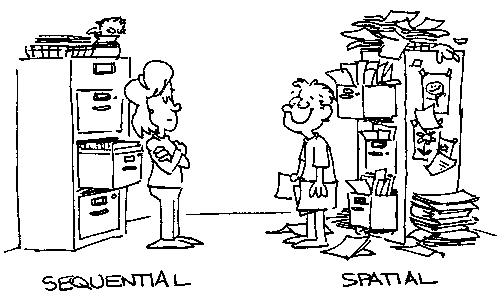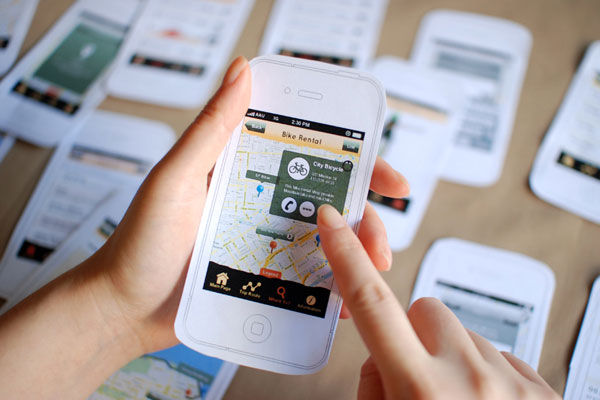User testing requires a number of different skills. Before the testing even begins you need to identify and recruit an appropriate sample of test users that accurately represent your eventual audience or market. You will need to establish a set of tasks that get to the heart of the issues you want to investigate. And you will need to prepare the documentation and recording equipment, so the whole process runs smoothly and the results are as accurate as possible.
Once user testing has started, you will need a number of other skills to help you answer the important questions specific to your current design. Five of the most important skills are organisation, observation, empathy, impartiality, and report-taking.
Organisation – First and foremost you need to be organised. Unless the session is carefully considered and prepared, the test users actions and behaviour might be more indicative of the nature of the session. If a test user is given confusing instructions or their tasks are arranged in a random fashion, they are inclined to act in ways that do not represent how they would in the real-world.

Observation – The people invited in to watch the test users must observe them closely. Without the ability to observe and assess what takes place in these sessions, you will miss some of the more subtle and sometimes most important information. Users might not be comfortable stating exactly how they feel about a particular task or feature of the design (especially if they hate it), so the designers or those hired to conduct the test must watch their facial expressions and other less obvious behaviours.
Empathy – The test users may be right in front of you and you might see their behaviour first-hand, but unless you try to understand why they behave in the ways they do, the results will have little meaning. It is your job to translate the user’s actions, attitudes, and thoughts into usable information. So you need to empathise and try to understand the user’s motivations and what it is about the prototype that induces certain behaviours and opinions.

Impartiality – It is the user testing team’s responsibility to identify how users perform on a number of tasks, observe and record how they behave, and determine how they feel about individual aspects and the design as a whole, but it is not their job to find specific answers. They must ask questions and try to get as much information from the test users as possible, but they must never influence how the users answer these questions. It is important to avoid leading questions and limit the number of times the team have to direct or instruct the users. Trying to stick to a concrete schedule and follow a script are two ways of limiting the effect of variation on testing results.
Report-taking – Your notes will be used after the testing sessions have finished by you, and possibly other people in the team. It is important that these notes make sense and tell a story of what happened in each of the sessions. If you just scribble a few notes and fail to link them together, the insights you gained at the time will probably get lost in translation.

Christine Perfetti (2004) Honing Your Usability Testing Skills: An Interview with Ginny Redish
Rolf Molich (CHI Tutorial, 2002) Improving Your Skills in Usability Testing
Header Image: Author/Copyright holder: Mofluid. Copyright terms and licence: All rights reserved. Img
Image Source:
Board of Innovation (link to image)
No Handcuffs (link to image)
Omnes Antithesis (link to image)
Eugenio Berti (link to image)











